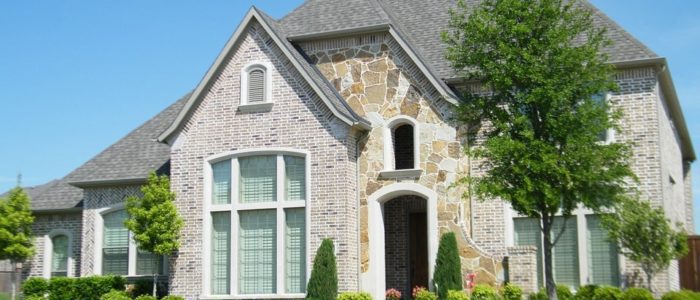What Does It Mean When Pests Are Referred To As ‘Occasional,’ ‘Peridomestic,’ And ‘Domestic’ Species, And Which Of These Three Types Of Pests Are Most Difficult To Control?
Many common pests of homes and buildings are not well adapted for indoor life. Examples include overwintering pests like boxelder bugs, seasonal pests like psocids, moisture-dependent pests like millipedes, and incidental home invaders like large hunting spiders. These pests are often referred to as “occasional pests,” and they tend to invade homes in a panicked effort to secure safe shelter from disagreeable outdoor conditions, such as heavy rainfall, flooding, and cold fall and winter climatic conditions. Other occasional indoor pests are non-native species that mistake cracks and crevices on the exterior walls of structures for natural overwintering harborages on trees and cliffs in their native land. The invasive pests commonly known as brown-marmorated stink bugs and Asian lady beetles congregate on the walls of American homes for this very reason. In an effort to insulate themselves from the cold, brown marmorated stink bugs and Asian lady beetles climb into wall crevices that ultimately lead into inaccessible indoor spaces like wall voids where the pests gather in large numbers.
Most infestations that require professional intervention to be eliminated are established by peridomestic pests that are capable of reproducing both indoors and outdoors. These pests have adapted to live in close association with humans in order to gain easy access to food and shelter when necessary, but they ultimately prefer to dwell outdoors. Such pests include American cockroaches, odorous house ants, black carpenter ants, Norway rats, house flies, drain flies, deer mice, and many more. The pests that are most difficult to control, however, are those that have evolved to thrive solely indoors where they rely entirely on human activity in order to survive as a species. These domestic pests are very few in number, and they have lost the ability to survive outdoors. Naturally, domestic pests include species that have developed the strongest resistance to a variety of first-line insecticides, as domestic pests are exposed to insecticides more frequently than any other category of pest. Fully domestic pests include the common bed bug, the brown-banded cockroach, the German cockroach, and the house mouse. The term “peridomestic pest” is often used to refer only to cockroaches that are able to reproduce indoors and outdoors, but any pest that can live indefinitely in both natural and domestic environments fits the bill. Also, the term “household pest” has become synonymous with “domestic pest,” but the latter has fallen out of use in favor of the former.
Has your home ever become infested with a domestic pest?


Comments are closed.